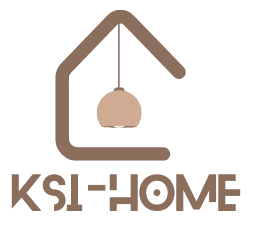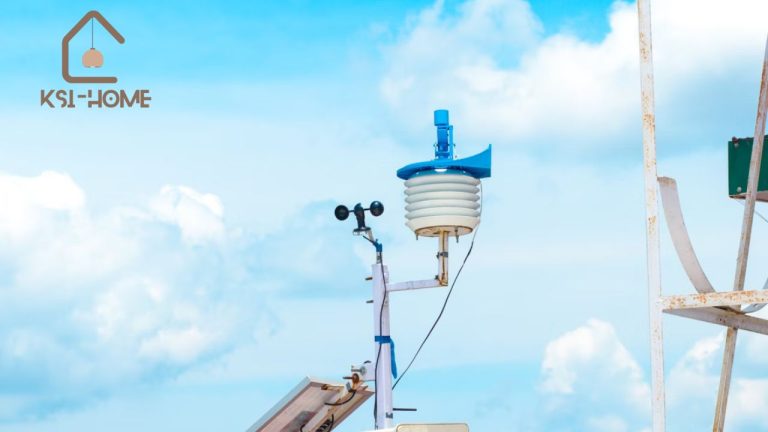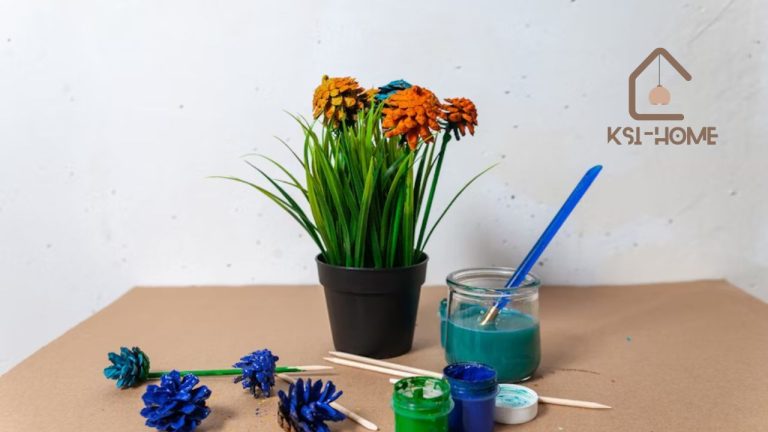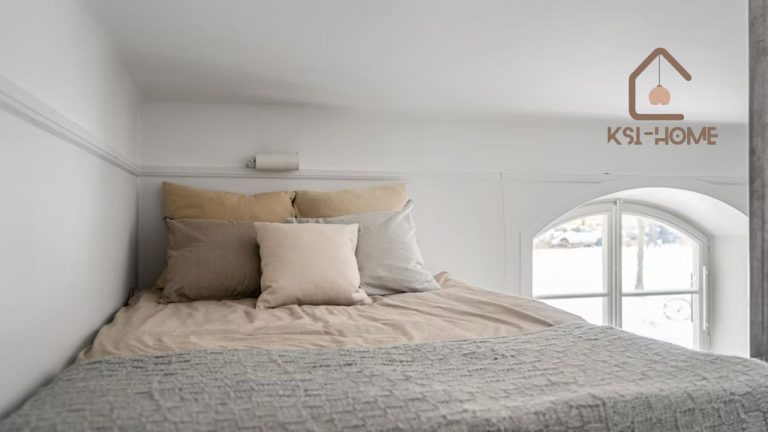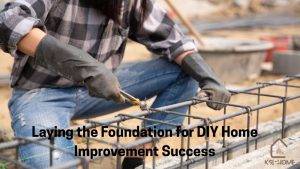Navigating Medicaid benefits can feel overwhelming, especially when it comes to specialty services like reimbursement for home cleaning services under Medicaid for hoarding situations. If you or a loved one are dealing with hoarding and need financial support to clean up living spaces and restore order, understanding your options is key.
This comprehensive guide will walk you through Medicaid’s role in handling home cleaning due to hoarding, eligibility criteria, and practical steps to leverage this coverage. Let’s make the complexities simple and manageable.
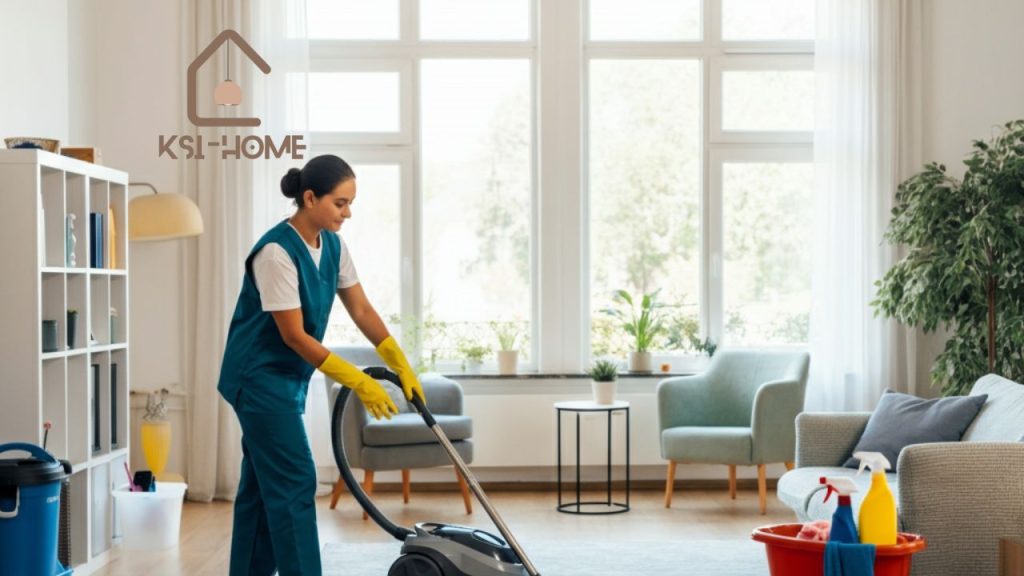
Summary Table
Here’s a quick breakdown of critical details related to Medicaid reimbursement for hoarding-related cleaning services:
| Aspect | Details |
|---|---|
| Eligibility | Medicaid recipient; hoarding classified as a health or safety hazard |
| Services Covered | Cleaning, sanitation, environmental modifications |
| Financial Limit | Varies by state and Medicaid plan |
| Application Process | Submit medical proof and cleaning service receipts for claims |
| Typical Approval Period | 2–4 weeks after documentation is submitted |
What Does Medicaid Cover for Home Cleaning Services & Hoarding?
Medicaid often provides limited coverage for non-clinical services linked to improving health or safety in the home. For individuals experiencing hoarding, Medicaid may help cover cleaning services under certain state programs, like Home and Community-Based Services (HCBS) waivers. These services focus on creating livable, safe environments:
- Deep cleaning of hazardous spaces
- Removal of biohazards or clutter posing safety risks
- Modifications to address disabilities or mobility issues
Medicaid recognizes hoarding as a condition that may impair health and wellness. However, coverage isn’t universal and depends on your state’s Medicaid policies.
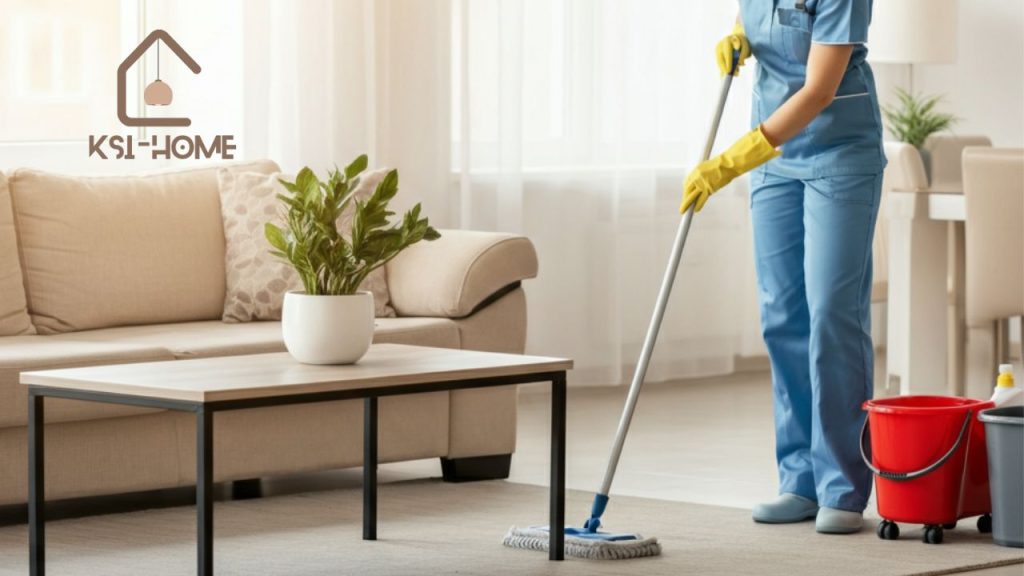
Eligibility for Reimbursement
To qualify for Medicaid reimbursement for home cleaning related to hoarding, you must meet specific criteria. Here’s what to know:
- Medical Justification
A doctor or therapist needs to verify hoarding is impacting your health, safety, or well-being. For instance, if clutter causes respiratory issues or restricts movement in the home, medical documentation makes your case stronger. - Low Income Requirements
Medicaid typically covers individuals in low-income brackets. Check income and asset limits based on your state guidelines. - State-Specific Rules
Each state has different regulations for Medicaid benefits, including HCBS waiver specifics.
Example:
Samantha, a Medicaid recipient in California, applied for cleaning reimbursement because her hoarding had caused severe mold issues, jeopardizing her health. With documented medical need, she received partial reimbursement for professional cleaning services.
How to Apply for Medicaid Reimbursement for Cleaning Services
Follow these steps to ensure you submit a strong, complete application:
- Gather Evidence
- Obtain a written diagnosis from a doctor outlining the health risks caused by hoarding.
- Collect before-and-after photos showing the hazardous conditions in your home.
- Choose Approved Cleaning Services
Use licensed and reputable cleaning contractors experienced in hoarding cases. Ask if they’ve worked with Medicaid claims before. - Submit Your Claim
- File your claim through your Medicaid-managed care organization (MCO).
- Attach all required documentation, including invoices.
- Follow Up
Medicaid claims for cleaning are reviewed thoroughly. Contact member services for updates if you don’t hear back within two weeks.
Real-Life Reviews & Experiences
Many Medicaid users navigating reimbursement for cleaning services have shared their experiences, offering valuable insight:
- Sarah T. (4.5/5 rating)
“I didn’t even know Medicaid could help me with my mom’s hoarding situation! We submitted her claim, including a note from her therapist. While the process took four weeks, Medicaid covered half the cleaning costs.” - James R. (3/5 rating)
“The paperwork was a hassle, but it worked out in the long run. Make sure your provider is Medicaid-approved!”
Hearing from others emphasizes the importance of thorough prep and patience.
Additional Financial Assistance for Hoarding-Related Cleaning
Medicaid reimbursement is not your only option. Here are other programs and resources that could help:
- Local Nonprofits
Many organizations offer financial or in-kind assistance for cleaning when hoarding creates safety risks. - Veterans’ Benefits
If you’re a veteran, check Veterans Affairs (VA) benefits for home modifications or cleaning coverage. - Crowdfunding
Platforms like GoFundMe can help rally community support for cleaning costs.
FAQs on Medicaid Cleaning Services
1. Does Medicaid handle all cleaning expenses?
No, Medicaid rarely covers 100% of costs. They’ll cover items linked to health and safety but may not pay for cosmetic improvements.
2. How long does approval take?
Typically, 2–4 weeks. Ensure paperwork is thorough to avoid delays.
3. What if my state doesn’t offer coverage?
Research local assistance programs. Aid organizations for seniors, veterans, or low-income individuals could be an alternative.
4. Can I reapply if my claim is denied?
Yes! Correct missing documentation, address the denial reasons, and resubmit.
5. Are cleaning services tax-deductible?
Possibly. Consult a tax professional about deducting certain medical-related expenses, which may include specific cleaning services.
By understanding Medicaid’s potential role in hoarding-related cleaning services and following the steps in this comprehensive guide, you can take a vital step toward reclaiming a safe and healthy living environment. Whether for yourself or a loved one, resources are available to make home spaces livable again.
